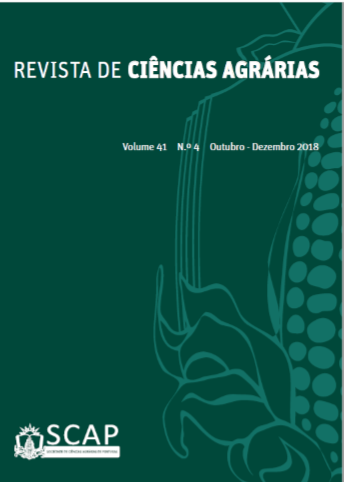Agronomic characteristics of velvet bean in different sowing time
DOI:
https://doi.org/10.19084/RCA17140Abstract
The velvet bean (Stizolobium aterrimum L.) is an annual legume, used as a green manure because of its high potential for nitrogen fixation. In cane fields, with mechanized harvesting of sugarcane, this species has been transformed into an infesting plant, as it presents a pattern of seed germination stepped which makes difficult its management. In this research was to evaluate the influence five sowing seasons (November, December, January, February and March) on the life cycle and productive potential of the velvet bean. The trial was installed in 2013/2014. The experimental design was a randomized block design with four replicates. The plant velvet bean trellises were used in the study to support velvet bean growth, simulating infestation in sugarcane. The number of days for flowering, number of pods per raceme, number of seeds per pod, number of days to dehiscence of the fruit, seed yield, seed weight and lifecycle length , were evaluated times of sowing. It was concluded that the velvet bean responds to the sowing season, presenting a reduction in the life cycle and a decrease in seed production.


